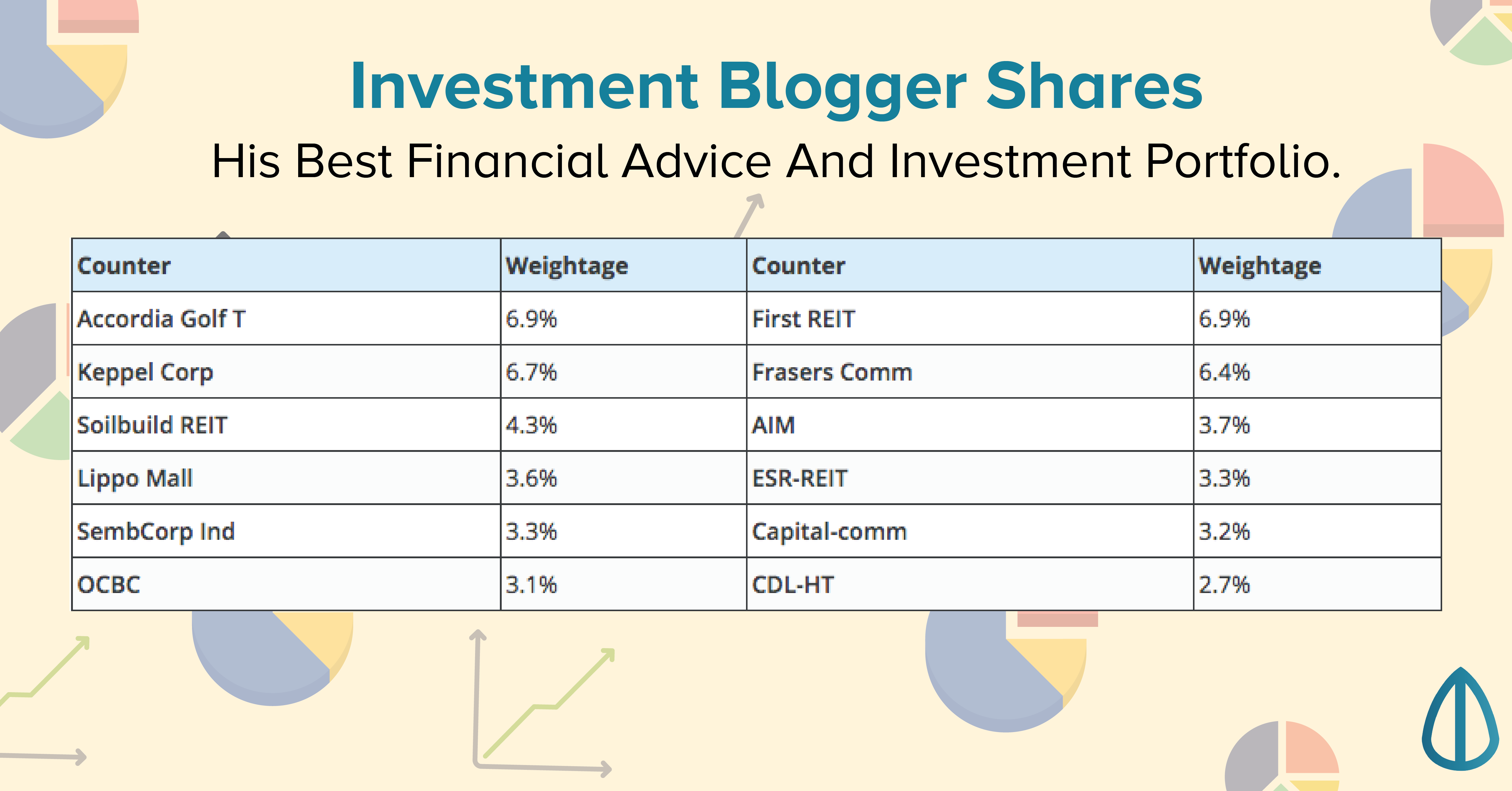Advertisement
When it comes to investing on our own in stocks and shares, what would be considered an above average or even excellent investment performance return?
6
Discussion (6)
Learn how to style your text
Reply
Save
Sharon
17 Jun 2020
Life Alchemist at School of Hard Knocks
As we invest in equities (whether through individual stock, funds, ETFs), ultimately the end goal is to prepare and ensure we have enough to live our desired lifestyle in our retirement years.
I think you should decide the amount first and then plan backwards. People have different views what will be considered good performance returns.
On 14 Jun, The Straits Times ran an interview with AIA's Chief Investment Officer.
https://www.straitstimes.com/business/invest/in...
Her allocation is in 60% fixed income and 40% stocks. And she's totally fine with a 5% target rate of return for her own investments.
In her case, if 5% meets her investment goal, I'd think anything more than that will be above her expectations or even considered as above average/excellent.
Besides external benchmark (e.g. SSB or FD), I think it's good to have an internal benchmark as well.
Reply
Save
Personally, returns should be compared against what you hope to achieve. eg if you can live off the ...
Read 2 other comments with a Seedly account
You will also enjoy exclusive benefits and get access to members only features.
Sign up or login with an email here
Write your thoughts
Related Articles
Related Posts
Related Products

Moomoo Singapore
4.7
485 Reviews
From $0
MINIMUM FEE
0.03%
TRADING FEES
Custodian
STOCK HOLDING TYPE

Saxo Markets
4.5
960 Reviews

Syfe Trade
4.9
132 Reviews
Related Posts
Advertisement








As a sidenote: Vanguard (before the C-crisis) opinioned that (for a longer term
) the happy stock exchange days are over and only 2-4% performance per year is to be expected with stock market investing.
back to your answer, but this is not defined and (my) arbitrary annual very long-term performance % classification for 100% stock exposure for retail investors (me included). can evolve. takes into account fees and real world investing mistakes (with gold and bonds added the % would even be lower).
1-4%: realistic net return
5-7%: good (something that professional pension systems achieved for their clients over the last 10 years)
8-12%: excellent (something that the very best U.S. university endowment funds achieved over the last 10 years, like MITimCo, Harvard's, Yale's)
above 12%: not sustainable longterm over more than 10 years, or very very unlikely, particularly for retail investors.
just to mention some rough numbers.